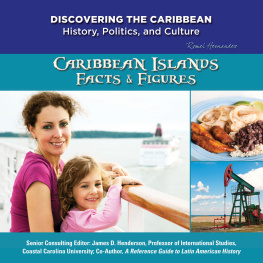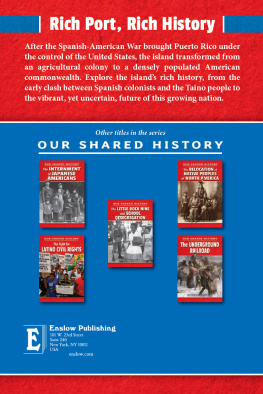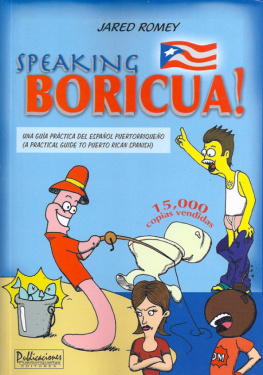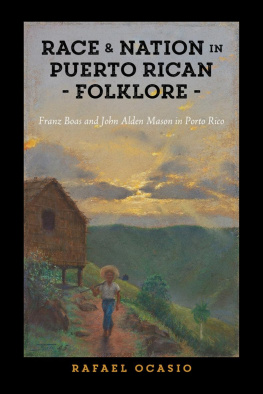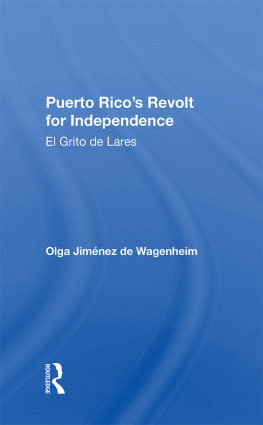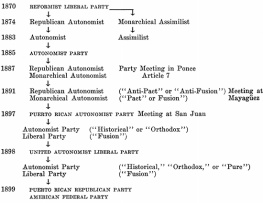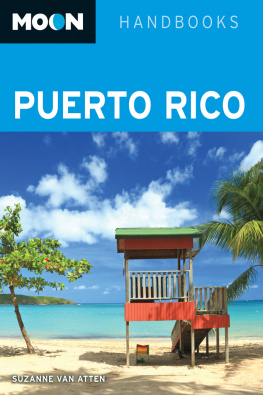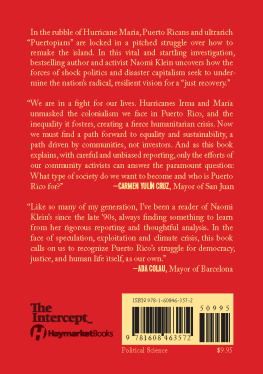
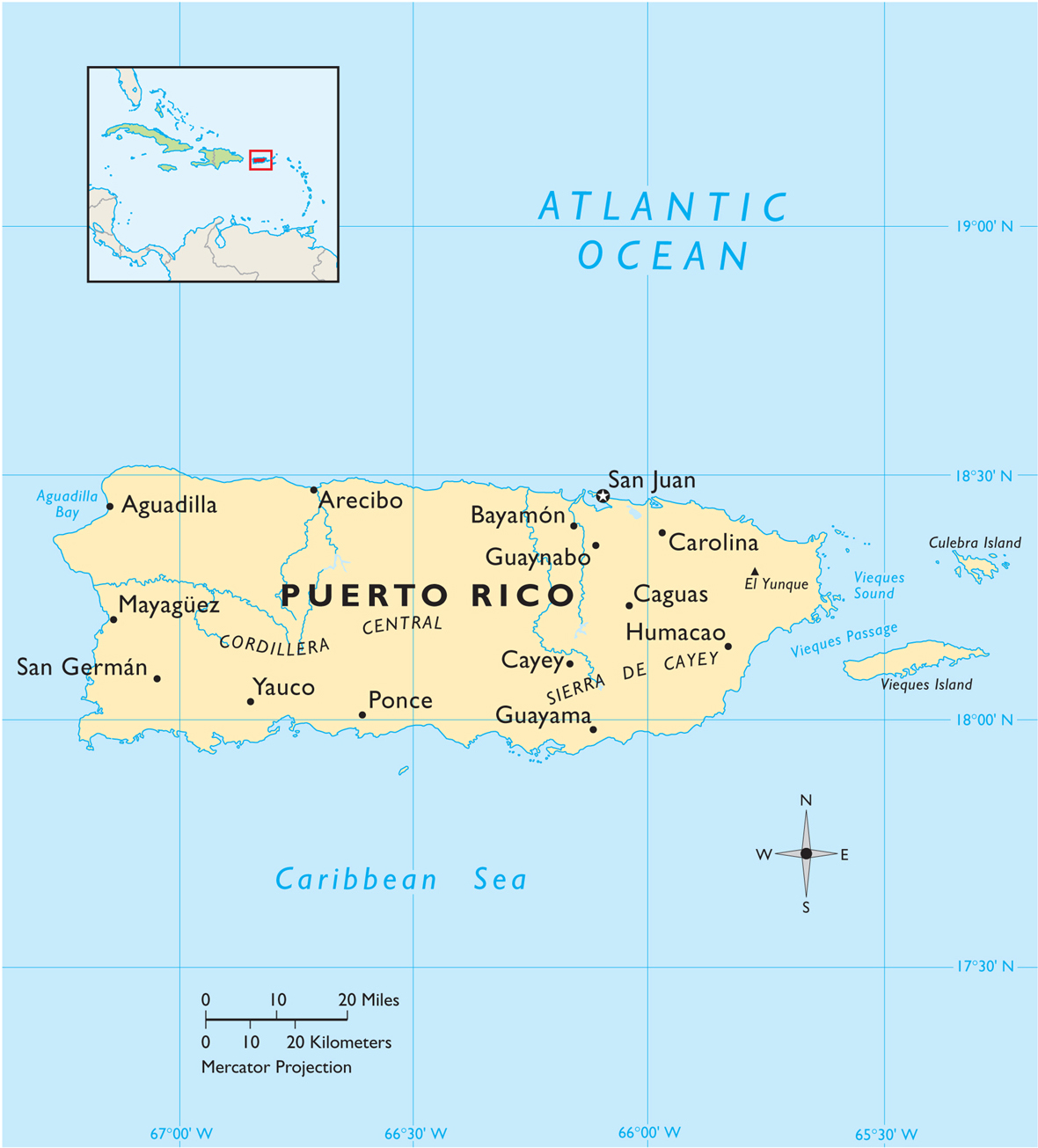
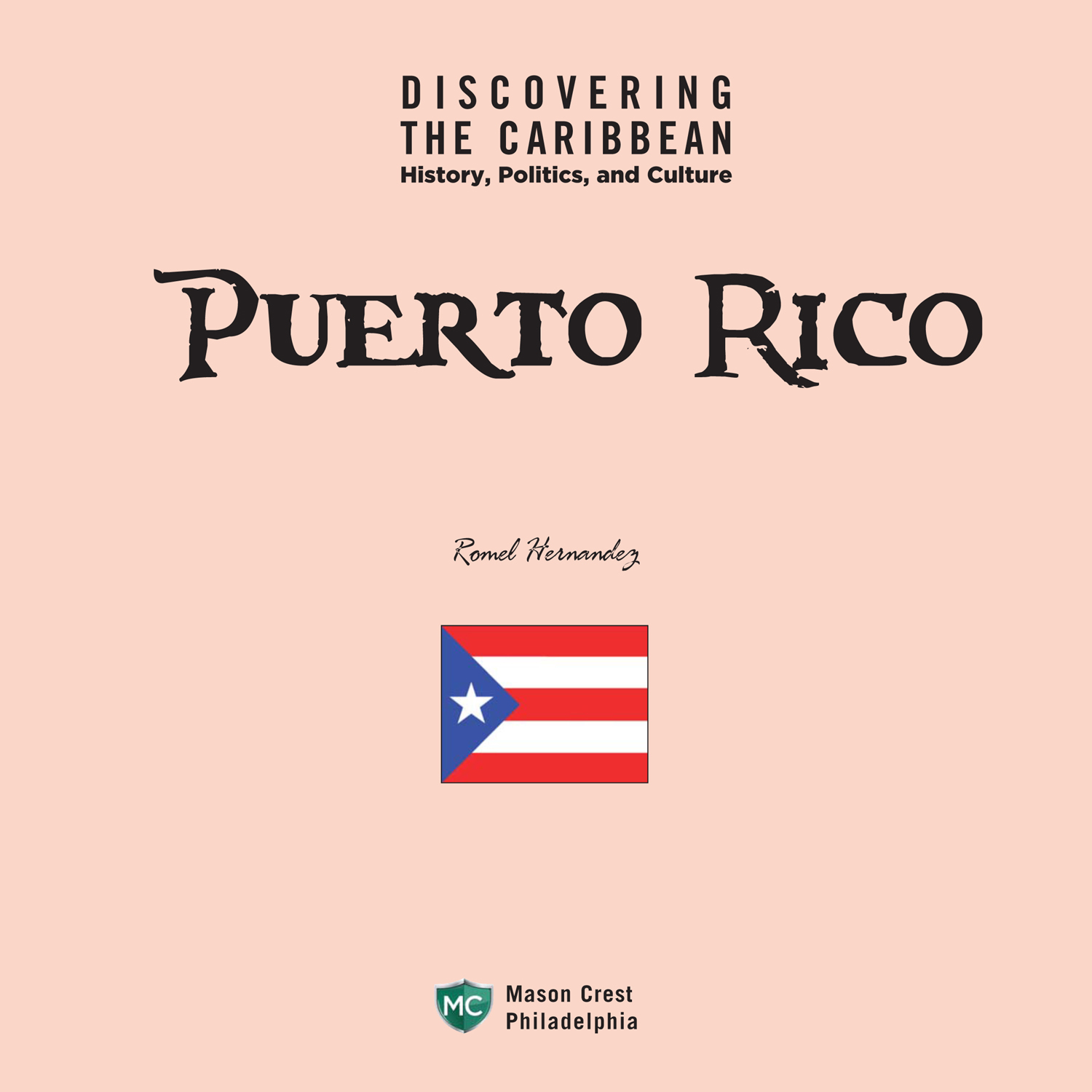
 | Mason Crest 450 Parkway Drive, Suite D Broomall, PA 19008 www.masoncrest.com |
2016 by Mason Crest, an imprint of National Highlights, Inc.
All rights reserved. No part of this publication may be reproduced or transmitted in any form or by any means, electronic or mechanical, including photocopying, recording, taping, or any information storage and retrieval system, without permission from the publisher.
Printed and bound in the United States of America.
CPSIA Compliance Information: Batch #DC2015.
For further information, contact Mason Crest at 1-866-MCP-Book.
First printing
1 3 5 7 9 8 6 4 2
Library of Congress Cataloging-in-Publication Data on file at the Library of Congress
ISBN: 978-1-4222-3315-3 (hc)
ISBN: 978-1-4222-8632-6 (ebook)
Discovering the Caribbean: History, Politics, and Culture series ISBN: 978-1-4222-3307-8
DISCOVERING THE CARIBBEAN: History, Politics, and Culture
Bahamas
Barbados
Caribbean Islands:Facts & Figures
Cuba
Dominican Republic
Haiti
Jamaica
Leeward Islands
Puerto Rico
Trinidad & Tobago
Windward Islands
TABLE OF CONTENTS
KEY ICONS TO LOOK FOR:
 | Words to Understand: These words with their easy-to-understand definitions will increase the readers understanding of the text, while building vocabulary skills. |
 | Sidebars: This boxed material within the main text allows readers to build knowledge, gain insights, explore possibilities, and broaden their perspectives by weaving together additional information to provide realistic and holistic perspectives. |
 | Research Projects: Readers are pointed toward areas of further inquiry connected to each chapter. Suggestions are provided for projects that encourage deeper research and analysis. |
 | Text-Dependent Questions: These questions send the reader back to the text for more careful attention to the evidence presented there. |
 | Series Glossary of Key Terms: This back-of-the book glossary contains terminology used throughout this series. Words found here increase the readers ability to read and comprehend higher-level books and articles in this field. |
James D. Henderson
THE CARIBBEAN REGION is a lovely, ethnically diverse part of tropical America. It is at once a sea, rivaling the Mediterranean in size; and it is islands, dozens of them, stretching along the seas northern and eastern edges. Waters of the Caribbean Sea bathe the eastern shores of Central Americas seven nations, as well as those of the South American countries Colombia, Venezuela, and Guyana. The Caribbean islands rise, like a string of pearls, from its warm azure waters. Their sandy beaches, swaying palm trees, and balmy weather give them the aspect of tropical paradises, intoxicating places where time seems to stop.
But it is the people of the Caribbean region who make it a unique place. In their ethnic diversity they reflect their homelands character as a crossroads of the world for more than five centuries. Africas imprint is most visible in peoples of the Caribbean, but so too is that of Europe. South and East Asian strains enrich the Caribbean ethnic mosaic as well. Some islanders reveal traces of the regions first inhabitants, the Carib and Taino Indians, who flourished there when Columbus appeared among them in 1492.
Though its sparkling waters and inviting beaches beckon tourists from around the globe, the Caribbean islands provide a significant portion of the worlds sugar, bananas, coffee, cacao, and natural fibers. They are strategically important also, for they guard the Panama Canals eastern approaches.
The Caribbean possesses a cultural diversity rivaling the ethnic kaleidoscope that is its human population. Though its dominant culture is Latin American, defined by languages and customs bequeathed it by Spain and France, significant parts of the Caribbean bear the cultural imprint of Northwestern Europe: Denmark, the Netherlands, and most significantly, Britain.

A cannon from the Spanish colonial era stands guard over modern San Juan.
So welcome to the Caribbean! These lavishly illustrated books survey the human and physical geography of the Caribbean, along with its economic and historical development. Geared to the needs of students and teachers, each of the eleven volumes in the series contains a glossary of terms, a chronology, and ideas for class reports. And each volume contains a recipe section featuring tasty, easy-to-prepare dishes popular in the countries dealt with. Each volume is indexed, and contains a bibliography featuring web sources for further information.
Whether old or young, readers of the eleven-volume series DISCOVERING THE CARIBBEAN will come away with a new appreciation of this tropical sea, its jewel-like islands, and its fascinating and friendly people!
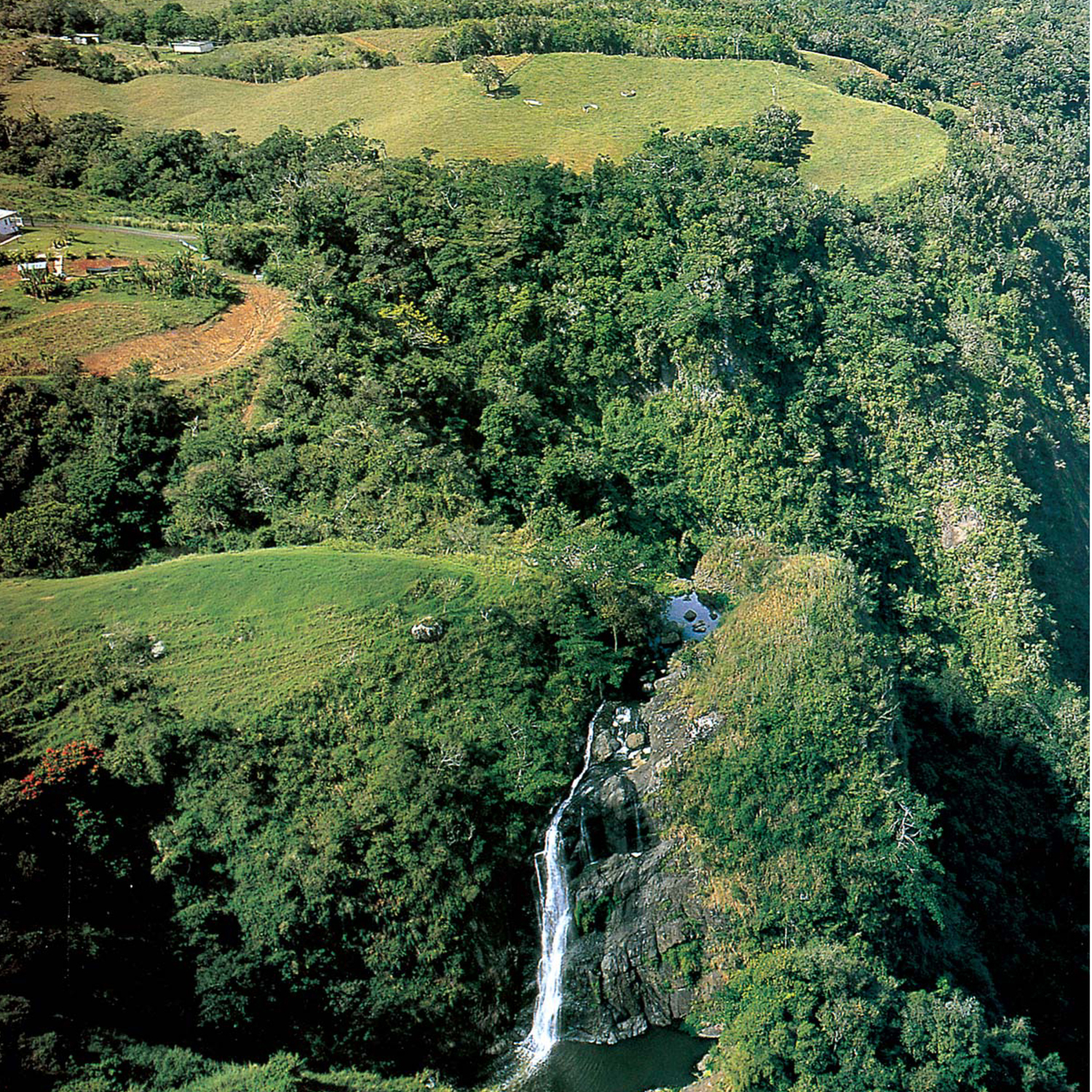
A view of San Cristbal Canyon, Barranquitas, in central Puerto Rico.
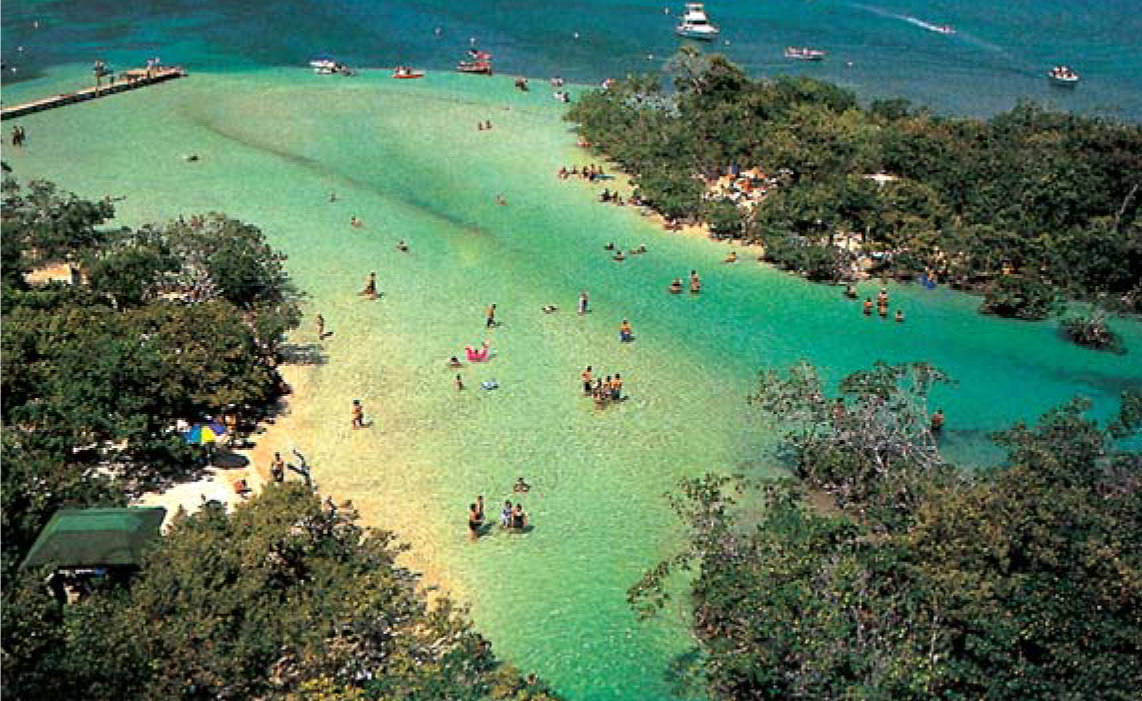
Swimmers enjoy the warm bay waters of Gunica, on the southern coast of the island. In addition to its beautiful beaches, Gunica is popular as a hiking area and for the rare dry forest nearby, which has been named a World Biosphere Reserve by the United Nations.
PUERTO RICO IS a rugged swatch of green in a deep blue sea. The fourth-largest island in the Caribbean110 miles (177 kilometers) long and 35 miles (56 km) wideit lies at the eastern end of the island chain called the Greater Antilles. To Puerto Ricos north is the Atlantic Ocean; to the south, the Caribbean Sea. The islands of Vieques and Culebra, as well as some smaller islands, are included in its territory.
Next page

